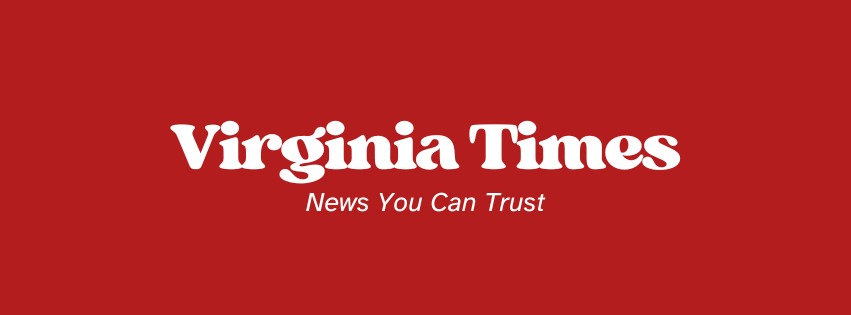January 2025 Jobs Report: Key Highlights
The U.S. labor market demonstrated cautious resilience in January 2025, with employers adding 143,000 jobs and the unemployment rate declining to 4%, its lowest level since mid-2024. While hiring fell short of economist expectations, upward revisions to November and December data (+100,000 jobs combined) softened concerns about a broader slowdown. Wage growth remained steady at 4.1% year-over-year, outpacing inflation and reflecting persistent demand for skilled workers.
Sector Breakdown: Where Jobs Were Gained and Lost
- Healthcare (+44,000): Continued demand for aging populations and outpatient services drove hiring.
- Retail (+34,000): Post-holiday staffing adjustments and expansion in e-commerce logistics contributed.
- Government (+32,000): State and local agencies ramped up education and administrative roles.
- Mining (-8,000) and Business Services (-11,000): Declines linked to reduced fossil fuel demand and corporate cost-cutting.
What Does This Mean for the Economy?
- Cooling but Stable Growth: January’s gains align with the 2024 monthly average of 166,000 jobs, signaling a shift toward sustainable hiring after post-pandemic volatility.
- Wage-Price Dynamics: Wage growth exceeding inflation (2.9%) supports household spending but complicates the Federal Reserve’s inflation targets.
- Labor Force Participation: The rate held steady at 62.5%, suggesting workers are re-entering the market to fill openings in high-demand sectors.
Immigration and Labor Shortages: A Growing Concern
Recent federal policies, including hiring freezes and stricter immigration enforcement, are straining industries reliant on foreign-born workers:
1. Construction and Agriculture Face Critical Gaps
- Construction: Immigrants represent 23% of the workforce. Labor shortages threaten delays in infrastructure projects and housing development, exacerbating affordability challenges.
- Agriculture: Nearly half of U.S. farmworkers are foreign-born. Reduced labor availability could disrupt food production, raising grocery prices.
2. Policy Impacts on Seasonal Industries
- Hospitality and Landscaping: Seasonal businesses in states like Florida report difficulties filling roles, attributing shortages to reduced immigrant labor participation. A landscaping firm in the region noted a 30% increase in unfilled seasonal positions compared to 2024.
- Federal Hiring Freezes: Restrictions on public-sector hiring may indirectly strain industries dependent on federal permits or funding, such as transportation and utilities.
3. Economic Ripple Effects
- Inflation Risks: Labor shortages in critical sectors could elevate food, housing, and service costs.
- Productivity Losses: Businesses face operational delays and higher training costs due to turnover.
The Federal Reserve’s Tightrope Walk
The Fed held interest rates steady at 4.25–4.5% in January, prioritizing inflation control over growth stimulation. While the unemployment rate supports a “soft landing” narrative, policymakers remain cautious:
- No Rate Cuts Until Mid-2025: Persistent wage growth and potential tariff-driven inflation (e.g., proposed trade policies) likely delay rate reductions.
- Focus on Productivity: Strong productivity gains (3.2% in 2024) may help offset labor costs without triggering price spikes.
Looking Ahead: Forecast for 2025
- Moderating Job Growth: Expect monthly gains to average 100,000–130,000, driven by healthcare, renewable energy, and technology.
- Immigration Policy Uncertainty: Labor shortages may worsen if visa reforms stall or enforcement policies deter workers.
- Tariff and Trade Risks: Proposed tariffs on imports could reignite inflation, pressuring the Fed to maintain restrictive rates.
- Automation Acceleration: Industries like manufacturing and agriculture will increasingly adopt AI and robotics to counter labor gaps.
Conclusion: Stability Amid Uncertainty
The U.S. labor market remains a pillar of economic resilience, but 2025 introduces complex challenges. While unemployment at 4% reflects robust demand for workers, policymakers and businesses must navigate immigration constraints, inflationary pressures, and global trade uncertainties. Strategic investments in workforce training, visa modernization, and technology adoption will be critical to sustaining growth without exacerbating inequality.
For households, the outlook is cautiously optimistic: wage gains and low unemployment provide a buffer against inflation, but affordability challenges in housing and healthcare persist. The Fed’s next moves—and the political response to labor shortages—will shape the trajectory of the economy in the coming months.
References
- Bureau of Labor Statistics: January 2025 Employment Summary
- Federal Reserve: Monetary Policy Report
- U.S. Department of Agriculture: Farm Labor Trends
- National Association of Home Builders: Construction Labor Shortages
Freelance Writer




